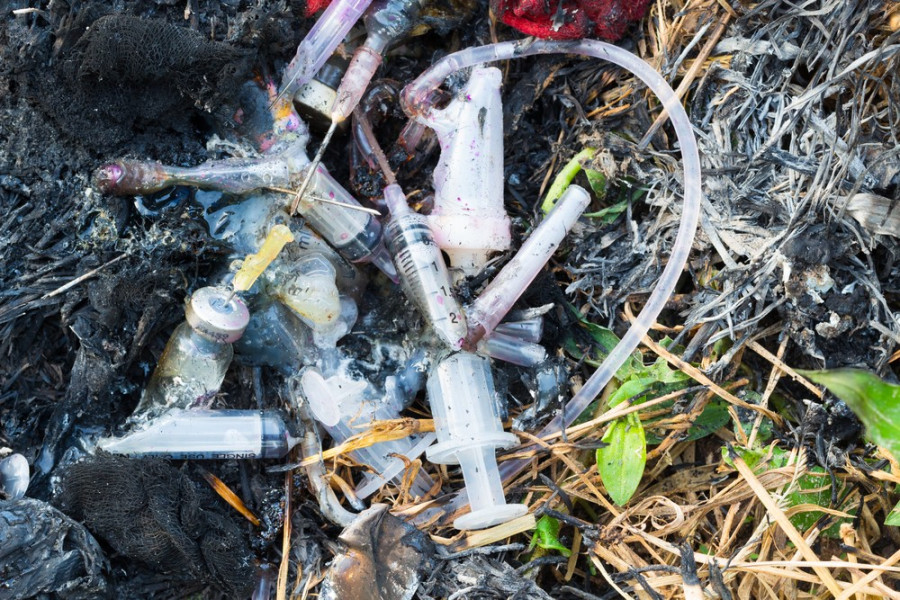Hospital Waste: Why Reducing Cannula Waste Matters In the race to treat disease and save lives, we’ve overlooked a growing threat that now silently pollutes our planet: hospital waste. While the world rightly focuses on carbon emissions, the toxic load of disposable medical devices, including intravenous (IV) cannulas, is rapidly becoming one of the most serious environmental hazards of the 21st century.
In the race to treat disease and save lives, we’ve overlooked a growing threat that now silently pollutes our planet: hospital waste. While the world rightly focuses on carbon emissions, the toxic load of disposable medical devices, including intravenous (IV) cannulas, is rapidly becoming one of the most serious environmental hazards of the 21st century.
The Rise of Medical Waste: A Century of Escalation
In the early 1900s, hospitals were small, surgeries were rare, and most treatments involved reusable tools. Fast-forward to today, and we face a staggering statistic:
- 🌍 Over 16 billion injections are administered annually worldwide.
- 🏥 An estimated 5.9 million tons of medical waste is generated each year from hospitals, much of it plastic-based, according to the WHO.
- 🗑️ In the U.S. alone, hospitals produce 29 pounds (13 kg) of waste per bed per day, which adds up to over 5 million tons annually.
- ⚠️ During the COVID-19 pandemic, medical waste increased by up to 500%, according to a UN report (2022), overwhelming even developed waste systems.
Much of this waste includes single-use IV cannulas, syringes, gloves, tubing, and PPE, which are made of polypropylene and PVC plastics—materials that take 400–1,000 years to degrade in landfills.
The Hidden Cost of Failed Cannulation Attempts
Failed IV attempts aren’t just a clinical problem—they are an environmental liability:
- A single IV insertion often takes 2–3 attempts under challenging cases, leading to up to 3 cannulas used per patient.
- With billions of procedures worldwide, that translates to millions of wasted cannulas annually, each with its plastic, paper packaging, and sharp disposal protocols.
- These failed cannulas become biohazardous waste, requiring incineration or high-energy chemical disinfection. They release dioxins, heavy metals, and CO₂ into the environment.
Venaican: A Small Device with a Massive Environmental Impact
The self-introducing spring-loaded cannula (like your Venaican) can drastically reduce the number of cannulas wasted per patient by improving first-attempt success rates:
- Reduces failed attempts.
- Minimises procedural time and packaging waste.
- Decreases the need for repeated gloves, alcohol swabs, and sharps containers.
- It offers safe manual retraction, eliminating sharps injury and reuse risk, thus lowering the burden on biohazard disposal systems.
From Infection Control to Climate Control
Environmental sustainability is no longer separate from public health—it is public health. Hospital-generated pollution leads to:
- Increased respiratory illness from incinerator emissions.
- Microplastic contamination in water bodies.
- Long-term climate impact from carbon-intensive sterilisation and waste transportation.
Reducing unnecessary waste—especially from disposable, high-turnover devices like IV cannulas—must be a priority in the global fight against climate change.
Conclusion: Waste Less, Heal More
Hospitals are meant to heal, not harm. Every failed cannulation is not just a missed vein—it’s an unnecessary wound to the environment. By reducing IV waste, embracing precision tools like spring-loaded, self-introducing cannulas, and demanding sustainable design in healthcare, we can align medicine with the planet it serves.
